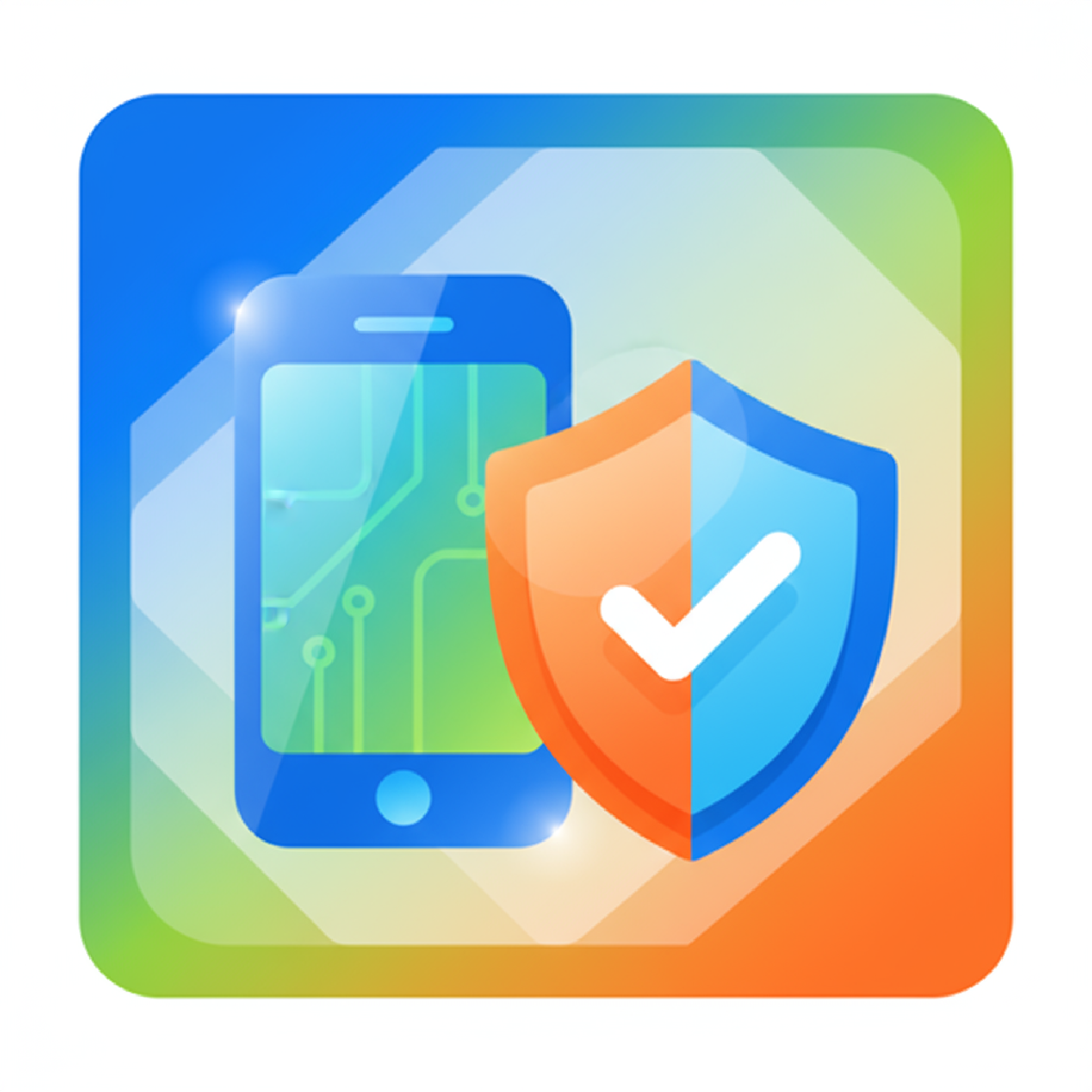1. Enable remote tracking#
iPhone (iOS)
- Go to Settings ❯ [your name] ❯ Find My.
- Turn on Find My iPhone.
- Enable Find My network (helps locate even when offline) and Send Last Location (sends location before battery dies).
Android (Google)
- Go to Settings ❯ Google ❯ Security ❯ Find My Device (or Settings ❯ Security & location ❯ Find My Device).
- Turn on Find My Device and ensure Location is enabled for the device.
- Make sure the device is signed into your Google account.
- If you are unable to locate Find My Device , simply search this keyword in the settings.
Additional pre-setup steps (both platforms)
- Use a strong device passcode or pattern lock if no face unlock or finderprint unlock setting kept.
- Keep a note of your phone’s
IMEI(dial*#06#or check the box/receipt). Store it somewhere safe. - Enable 2FA on Google Account : This prevents hackers from using your Google account if they steal your SIM or device.
2. How to remotely erase your phone (when stolen or lost)#
iPhone
- Visit: Visit your iCloud account ❯ Sign in ❯ Find iPhone ❯ select device ❯ Erase iPhone.
- Note: Erase will remove data and disable further location updates. Use it if recovery is unlikely.
Android (Google Find My Device)
- Visit: Your google Find Hub ❯ Sign in with your Google account ❯ select device ❯ Erase Device.
- If phone is online, erase will start; if offline, it will begin when it next connects.
Warning: Remote erase deletes your data and usually disables further remote tracking. If there’s any chance authorities can recover the device, try to locate it first; erase when recovery is unlikely.
3. Immediate steps to take (within minutes/hours)#
- Try to locate & ring the phone using Find My (Apple) / Find My Device(Android).
- Block/Suspend your SIM - call your mobile operator immediately (ask to block the SIM). You may visit the nearest service centre. For this a General diary entry at the police station may be required.
- Block UPI / Bank transactions:
- Open your banking/UPI app from another device and block or log out all sessions if possible.
- Inform your bank(s) immediately; ask them to freeze/evaluate suspicious transactions and block debit/credit cards if required.
- Change passwords for accounts accessible from the phone (email, primary social logins, banking, payment apps). Prioritise the email linked to your phone and financial apps.
- Revoke active sessions / remove device access:
- Google: myaccount.google.com ❯ Security ❯ Your devices ❯ Sign out of lost device.
- Apple: Apple ID settings ❯ Devices ❯ Remove the stolen device.
- Social apps like Whatsapp, Telegram, INstagram, Faceboox, X etc: log out everywhere / change password.
- Remote lock or erase (use instructions in section 2).
- File an FIR at the nearest police station and get a copy. Provide IMEI, time, place, any suspect details and screenshots/conversations if relevant.
- Report to cyber authorities and fraud portals:
- Register a complaint on the national cybercrime portal (India) or visit nearest police station
- Call cyber helplines if available (e.g., 1930 in India).
- Contact UPI / payment providers to report fraud and request PIN reset / block. Inform them of any unauthorised transfers and ask about recovery/chargeback options.
- Notify friends/family if accounts (messaging or social) could be used to impersonate you. Ask them not to click suspicious links or send money in your name.
4. Prevention tips (long term)#
- Use Authenticator Apps (Google Authenticator, Authy, Microsoft Authenticator) instead of SMS OTP when possible.
- Disable auto-login for sensitive apps. Require biometric / passcode for payments.
- Register and enable two-factor authentication for email and key accounts. Authenticator App may be used for this.
- Regularly backup important data.
- Keep app updates & OS up to date.
- Avoid storing UPI PINs, card CVV, or passwords in plain notes.
- Consider a secondary emergency contact for bank/UPI apps.

